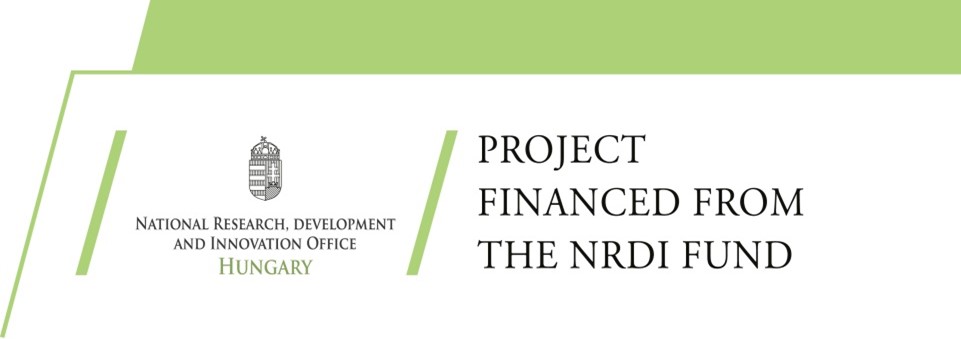Peat-based planting is harmful to the environment, so what should we use instead?

In Europe, peat is the most commonly used component in growing media for vegetables and fruits. However, its extraction releases significant greenhouse gases, while its use can reduce biodiversity and water quality. Reducing dependence on peat in horticulture has thus become an environmental and policy priority. Although commercial alternatives to peat exist, they are neither widely adopted nor free from environmental and food security concerns.
Launched in June, the international Hort2thefuture project aims to address sustainability challenges in the horticultural sector. The research is conducted under the Horizon Europe program, co-financed by the Hungarian NRDI Fund. Researchers from the Sustainable Food Research Center at Corvinus University—Attila Jámbor, Áron Török, and Zalán Maró—are participating. The program includes 28 organizations from 13 countries, involving universities, research institutions, professional associations, producers, and distributors.
Objectives: Alternative media, fewer pesticides, and better soil
The horticultural research aims to create affordable, user-friendly, scalable growing media from EU-sourced materials with a significantly lower environmental footprint than peat. Another goal is to develop products and farming tools that reduce agricultural inputs, such as propagation materials, pesticides, and fertilizers. Additionally, the project promotes new soil-structure-improving solutions and sustainable horticultural practices.
Key outcomes include developing wood-based growing media with a smaller environmental footprint than peat and creating digital decision-support tools for producers and growing media manufacturers to select the most suitable peat alternatives. Researchers will also devise fertilization and irrigation strategies tailored to peat-free and low-peat growing media while offering solutions to prevent and mitigate soil compaction.
Participants plan to create new organic, microbial, and chemical products to improve soil structure. They will also develop nano- and microbubble irrigation technologies that deliver more oxygen to plants in compacted soils.
Testing real consumer decisions
Our Hungarian team is leading the development of methodologies and decision-support tools to evaluate the economic, social, and environmental performance and viability of alternative production systems. We are also involved in life cycle and sustainability analyses and in creating strategies to promote the adoption of more sustainable alternatives. This includes testing real consumer decisions, in collaboration with partners like the Hungarian horticulture firm Oázis Kertészet,
said Attila Jámbor, a Corvinus researcher and project participant.
The program’s ultimate goal is to make the European agri-food sector more resilient through more sustainable horticultural production.
